top of page
"Our" method
Ours, and the one of many others.
In our opinion, one of the most interesting things about this hobby is sharing knowledge and experiences. In this section we would like to share our experience in order to inform potential clients under what conditions and products our corals grow. It must be emphasized that "ours" is just one way of keeping a reef aquarium, one of many, but one that works well for us. And you know what they say: if it works, don't touch it!
CHEMISTRY.In our systems we measure the kH once a day and we measure the rest of the parameters weekly. We use Salifert tests for kH, Ca and Mg, Hanna checkers for NO3 (HI782) and PO4 (HI774), and a GHL Profilux Mini Wifi to monitor temperature and pH. We also use a Deltec 80W UV sterilizer and we perform ICP-OES analysis every 3 months to check for any contaminants and trace levels. Regarding the numbers that we pay attention, we try to maintain the following levels:
-
sg: 1.025
-
T: 24.5 - 24.8 ºC
-
pH: 8.2 - 8.4
-
KH: 7 - 8 KH
-
NO3: 5 - 10ppm
-
PO4: 0.04 - 0.08 ppm
-
Ca: 420 - 450ppm
-
Mg: 1300 - 1400 ppm
-
I: 70 - 90 ppb
-
F: 1 - 1.5 ppm
-
Sr: 7 - 9 ppm
LIGHT & FLOW.At Reef Nook Corals we basically keep LPS and soft corals, which are not demanding at all in terms of flow and lighting. Still, we use an Apogee instrument (SQ-520) to measure PAR and adjust the power of our LED displays (Ecotech G5/G6 blue) according to its readings. Our lights are hung 30cm from the water at 65% intensity. This produces regions ranging from 50 to 200 PAR. In the requirements that appear to the right of any of the corals that are for sale on the web, we understand by
-
Dim light: 50 - 100 PAR
-
Medium light: 100 - 200 PAR
-
Intense light: > 200 PAIR
We do not have a standard measure for the flow in a reef aquarium. In our case, we simply make sure that none of our movement bombs are aimed directly at a coral. In general, as long as the LPS filaments/tentacles are actively moving and food debris does not accumulate substantially, they are fine.
For the soft ones we check that the coral does not close due to the flow. We use Ecotech MP40 motion pumps in our systems due to their reliability and especially their easy maintenance.
SUPPLEMENTS & FOOD. To add trace elements (both macro and micro) we use the RKS system from Modern Reef. Apart from this, we carry out a water change of 10-15% of the total volume of our systems weekly or biweekly using Modern Reef salt. Regarding food, we try to feed our fish 2 times a day using Easyreefs products (DKI and masstick) and, from time to time, frozen food (mysis, brine shrimp, lobster eggs and krill). We also add phytoplankton daily (Easyreefs Easybooster), coral food (Reef-Roids) once or twice a week, and live zooplankton once a month. If this routine is not enough to keep our nutrient levels in our desired range, we dose Nitrate+ and/or Phosphate+, from Nyos.
bottom of page
